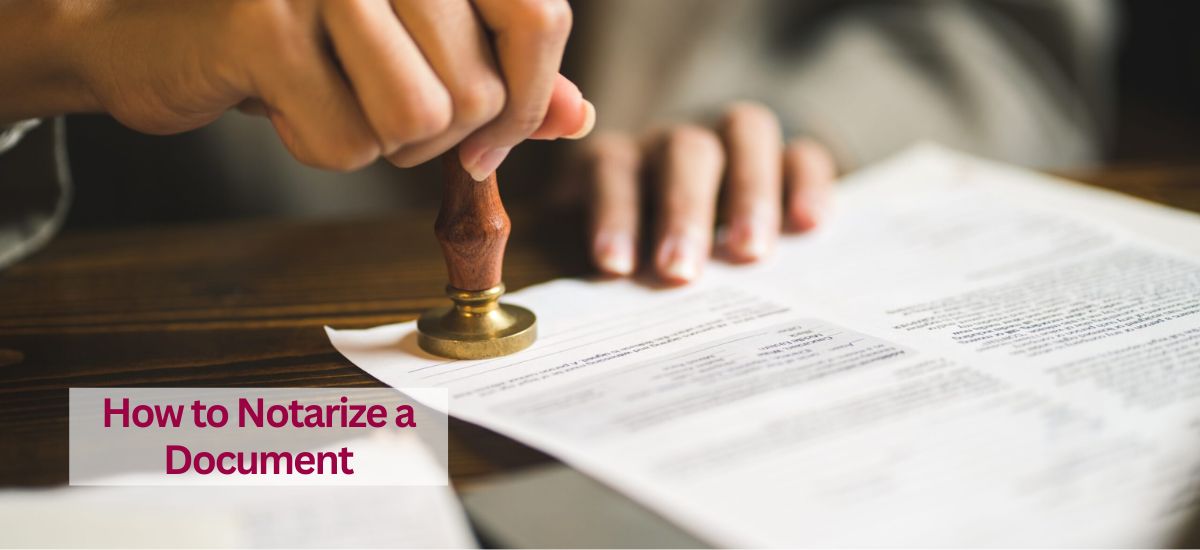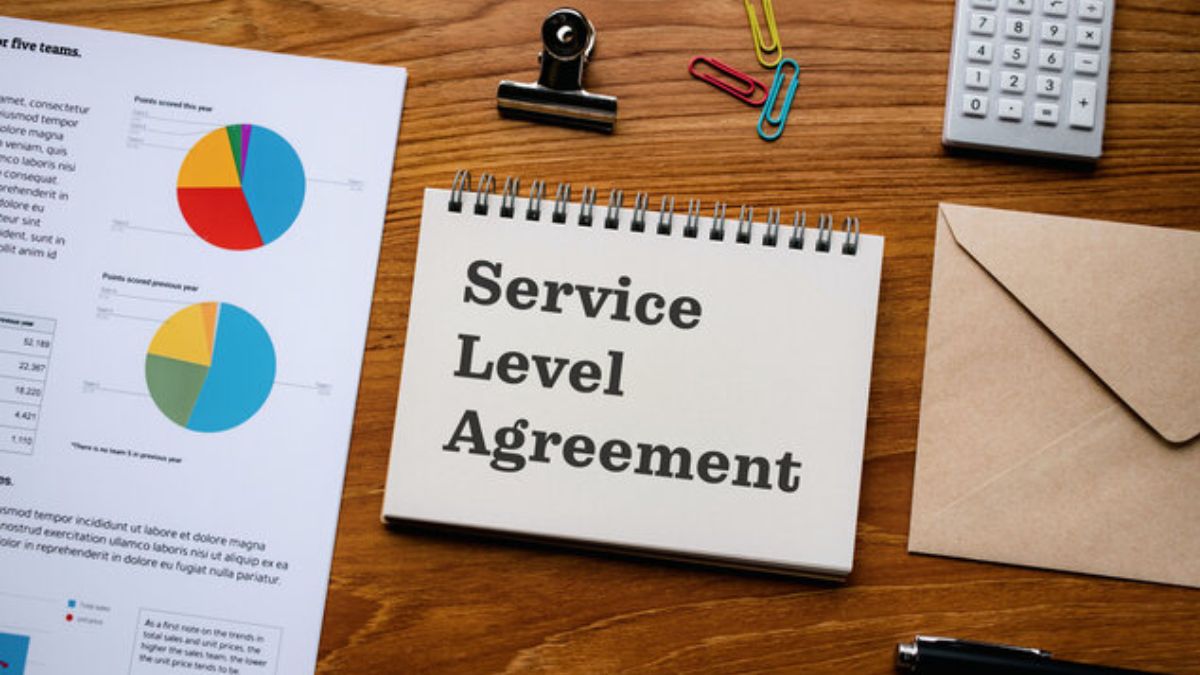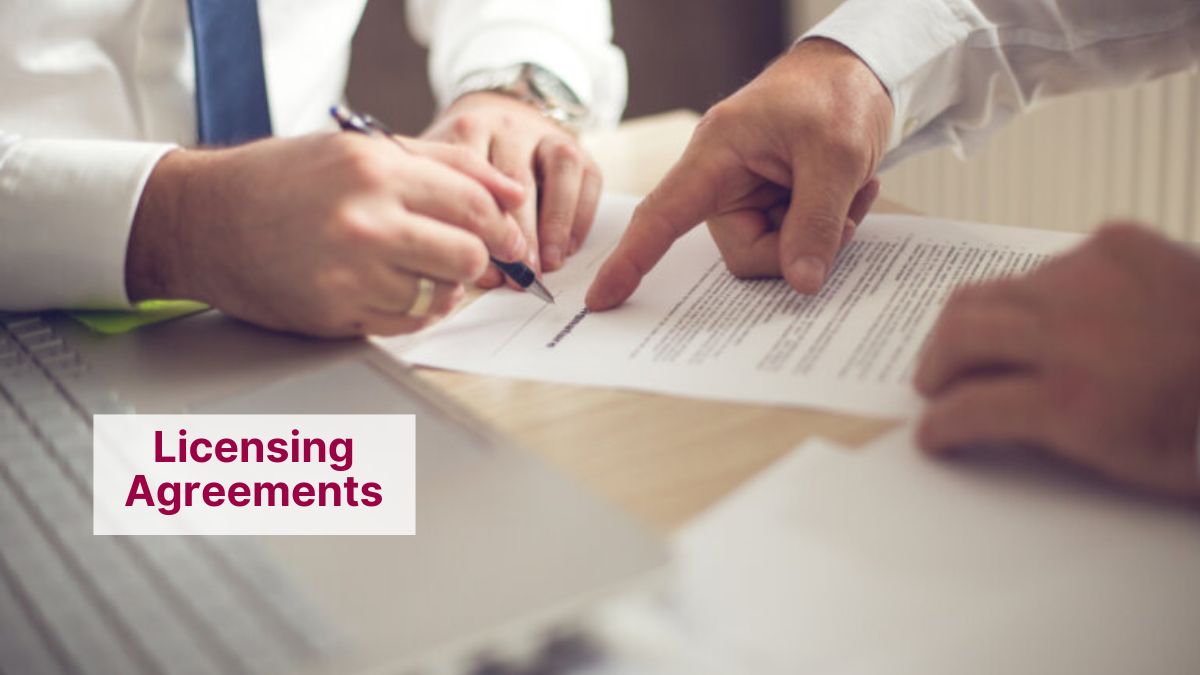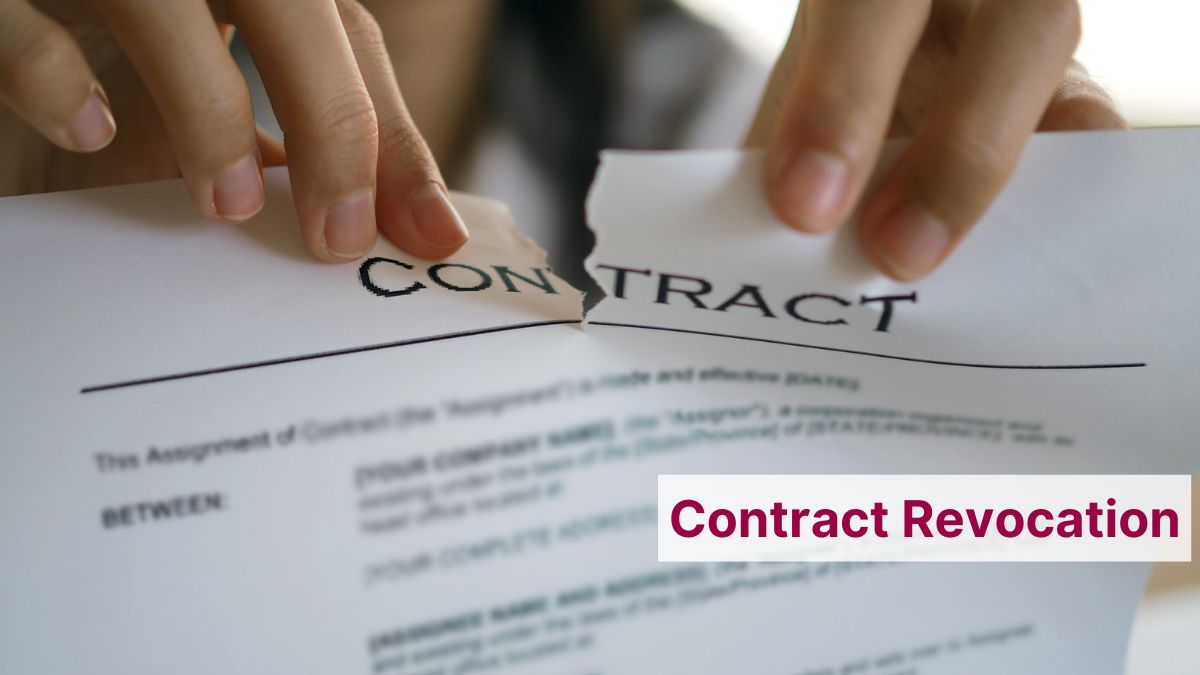Notarizing a document adds an added layer of protection to contracts and other papers by requiring a witness to authenticate the signer’s identity. This witness attests that the signer is not signing under duress and is aware of the contents of the document they are signing. But what precisely is notarization? Continue reading to discover about the notarization process, who can notarize a document, and how the process is developing in the digital era with remote online notarization to improve security, privacy, and convenience.
What is Notarization Definition?
Notarization is a fraud-deterrent process that guarantees transaction participants that a document is valid and trustworthy. Notarizing a document can be an essential step in many legal processes, such as buying or selling a home, creating a will, or obtaining a passport. Notarization involves the verification of a document by a notary public, who acts as an impartial third party to ensure that the document is authentic and signed by the right person. If you need to notarize a document, here is a step-by-step guide on how to do it.
Also Read: Signature guarantee vs notary
How to Notarize a Document?
Although formal standards vary by state, the basic process for notarizing a document consists of three steps:
- Authenticating the identity of the signer
- Inspecting the signature
- Stamping or sealing the signature
To notarize a document, all signers must produce sufficient identification so that the notary can confirm their identities. After verifying identification, the notary walks each signer through the document, seeing them as they make each required signature, initial, or other marks. After all signings have been witnessed, the notary stamps each signer’s signature with a personalized stamp that is unique to them. The stamp bears the notary’s name, the state in which they are a notary, and the date of their term.
Traditionally, notarization was performed in person. This necessitates that all signing parties plan their calendars so that they can all travel to the notary. They must bring a paper copy of the document to be notarized, as well as the appropriate identification, on the day of the notarization.
An electronic variant of this notarization method was introduced in the 1990s. This is referred to as In-Person Electronic Notary (IPEN). IPEN is essentially the same as traditional notarization, except that the notary public electronically signs and stamps the document.
Also Read: How to get an affidavit notarized
Who Can Notarize a Document?
A notary public is the only person authorized to notarize documents. Notaries public are appointed, commissioned or otherwise designated by a high-ranking government official such as the governor or secretary of state because this job is an official one within the state government.
Banks also provide notarial services to their customers and many bank staff are notaries public. Lawyers and other members of the legal community sometimes double as notaries public since oaths and affidavits need to be notarized.
Also Read: Can I notarize for a family member in NY
Steps to Notarize a Document
The fundamental procedure for notarizing a document involves five steps:
- Find a Notary Public
- Review The Documents
- Perform Notarial Act
- Pay the Notary Fee
- Complete the Notarial Certificate
Step 1- Find a Notary Public
A notary public is a state-appointed official who can witness and verify signatures on legal documents. Notaries can be found at banks, post offices, courthouses, or other public offices. Some notaries also offer mobile services and will come to your location to notarize your document. You can also find notaries online or through a notary directory.
When selecting a notary public, make sure to choose someone who is authorized to notarize the type of document you have. Notaries have different qualifications and specialties, so it’s important to find one who is experienced with your type of document.
Also Read: Contract management software benefits
Step 2- Review The Documents
Before meeting with a notary, make sure your document is complete and ready to be notarized. Check that all signatures are present and correct, and that any necessary attachments or exhibits are included.
If your document includes blanks that need to be filled in, make sure to fill them in before meeting with the notary. The notary cannot notarize a document with blanks.
Also Read: Contract administration vs contract management
Step 3- Perform Notarial Act
When you meet with the notary public, bring the following items:
- The document to be notarized
- A valid government-issued ID, such as a driver’s license or passport
- Any other required documentation, such as witnesses or a second form of ID
The notary will ask you to sign the document in their presence and will verify your identity using your government-issued ID. They may also ask you to confirm that you understand the contents of the document.
Once the notary is satisfied that the document is authentic and that you are the person who signed it, they will notarize the document by affixing their official seal or stamp to it. The notary will also sign the document and record the notarization in their official journal.
Also Read: What are CLM tools
Step 4- Pay the Notary Fee
Notary fees vary by state and notary, but they are typically a small fee ranging from $5 to $20 per notarization. Make sure to ask about the fee before proceeding with the notarization.
Also Read: How to write a Contract Proposal
Step 5- Complete the Notarial Certificate
After the document has been notarized, make sure to file it with the appropriate agency or organization. Some documents, such as wills or deeds, may need to be recorded with the county recorder’s office. Others, such as passport applications, may need to be submitted to a government agency. Make sure to keep a copy of the notarized document for your records.
Also Read: Adding an addendum to a contract
What Type of Documents Need to be Notarized?
Not all documents require notarization. Typically, legal documents that need to be filed with a court or government agency will require notarization. Some common examples include:
- Wills
- Deeds
- Powers of attorney
- Affidavits
- Mortgage documents
- Marriage certificates
- Divorce decrees
- Passport Applications
- Trust certifications
- Life and annuity claims
- Lien release
- Waivers
Also Read: Contract lifecycle management blockchain
Conclusion
Notarizing a document may seem like a daunting process, but it is a crucial step in ensuring that your legal documents are authentic and legally binding. By following these six steps, you can notarize your document with confidence.
You may also like: Definition of implied contract
Did you find this article worthwhile? More engaging blogs about smart contracts on the blockchain, contract management software and electronic signatures can be found in the Legitt Blogs section. You may also contact Legitt to hire the best contract lifecycle management services and solutions.
FAQs on How to Notarize a Document
How to prepare a document for notarization?
To prepare a document for notarization, ensure that it is complete and free of any blank spaces. Gather any required identification and other supporting documents, and arrange for witnesses if necessary. Double-check that all necessary signatures are present before meeting with a notary.
How much does it cost to notarize a document in USA?
The cost to notarize a document in the USA varies by state and notary, but it typically ranges from $5 to $20 per notarization. Additional fees may apply for mobile notary services or for notarizing multiple documents.
How long is a notarized document valid?
The validity of a notarized document varies depending on the type of document and the purpose for which it was notarized. In general, a notarized document remains valid as long as the information contained in it is accurate and unchanged.
Does a contract have to be notarized?
In most cases, a contract does not have to be notarized to be legally binding. However, certain types of contracts may require notarization, such as real estate transactions or contracts that need to be filed with a government agency.
What types of documents require notarization?
Documents that commonly require notarization include deeds, wills, powers of attorney, affidavits, and certain types of contracts. Other documents may also require notarization depending on the jurisdiction and the purpose for which they are being used.
What is the difference between notarization and legalization of a document?
Notarization involves a notary public verifying the identity of a signer and ensuring the document is properly signed. Legalization involves the authentication of a document's origin and signature by a government authority for use in another country.
What are some common mistakes to avoid when getting a document notarized?
Common mistakes to avoid when getting a document notarized include signing the document before meeting with the notary, failing to bring proper identification, and not filling out the document completely before meeting with the notary.
How long does the online notarization process take?
The length of time for an online notarization process varies depending on the platform used and the complexity of the document. In general, the process can take as little as a few minutes to complete, but may take longer for more complex documents.





















